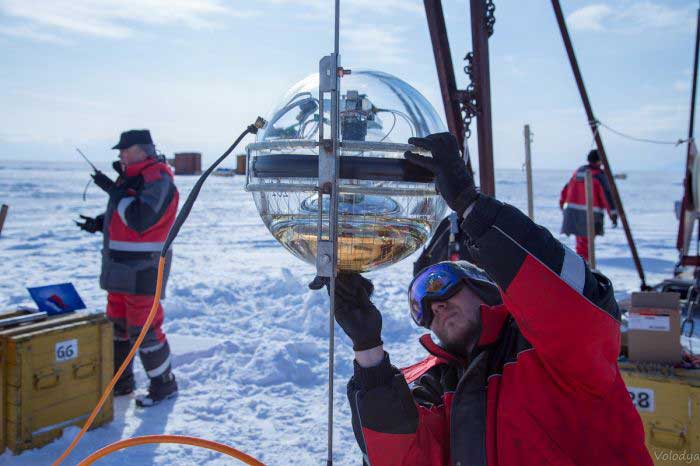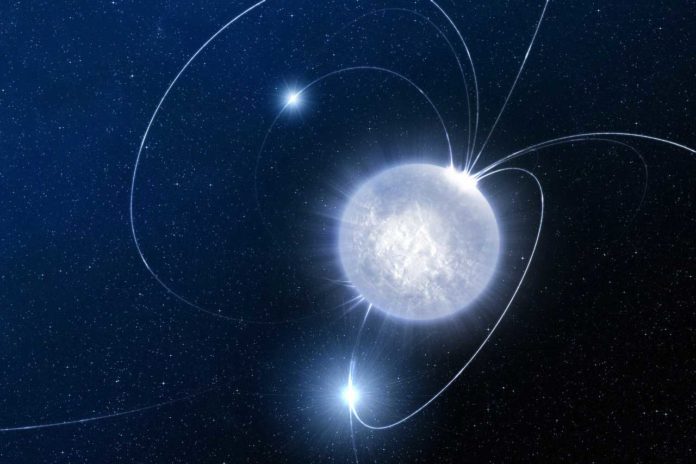Astronomers believe that there is a supermassive black hole at the center of each galaxy in the universe. These black holes are believed to be the heart of objects with a luminosity of hundreds of millions of suns.
Quasars are also objects of very high luminosity found in some galaxies’ centers and powered by gas spiraling at high velocity into an extremely large black hole.
In one of the past studies, Russian scientists have discovered a link between the origin of neutrinos of the highest energies and radio quasars. Neutrinos, tiny elementary particles that can cross the universe without interacting with matter and without any delays on their way.
To register neutrinos, an international collaboration of scientists has built a special ice telescope in Antarctica: the Cherenkov IceCube detector with a volume of 1 cubic kilometer. In Russia, INR RAS and JINR are now completing the construction of the Baikal GVD water telescope in Lake Baikal, the volume of which has already reached 0.4 cubic kilometers. Now data acquisition is underway on the facility’s running part, which had already been put into operation. These installations study the sky in different hemispheres: North and South.
In a new study, Scientists of the P. N. Lebedev Physical Institute of the Russian Academy of Sciences (LPI RAS), the Moscow Institute of Physics and Technology (MIPT), and the Institute for Nuclear Research of RAS (INR RAS) studied the arrival directions of astrophysical neutrinos with energies more than a trillion electronvolts (TeV).
They analyzed data collected over seven years on the IceCube telescope. They concluded that a significant part of them was born in quasars, identified by radio telescopes by their high brightness. More precisely, neutrinos were born somewhere in the centers of quasars.

Massive black holes are feeding their accretion disks, as well as ultra-fast ejections of scorching gas. Moreover, there is a connection between the powerful bursts of radio emission in these quasars and the registration of neutrinos by the Ice Cube telescope. Since neutrinos travel through the universe at the speed of light, flares come to us simultaneously as neutrinos.
It turns out that all — well, almost all — high-energy astrophysical neutrinos are born in quasars. Some neutrinos are born in the earth’s atmosphere and even in the Ice Cube detector itself during the interaction of cosmic rays with matter.
Chief researcher of INR RAS, a corresponding member of the Russian Academy of Sciences Sergey Troitsky, said, “It is amazing since for the production of neutrinos with energies that differ by a factor of 100-1000 different physical conditions are required. The mechanisms of neutrino production in active galactic nuclei discussed earlier worked only at high energies. We have proposed a new mechanism for neutrino production in quasars, which explains the results obtained. While this is an approximate model, it is necessary to work on it, to carry out computer simulation.”
Journal Reference:
- A. V. Plavin et al. Directional Association of TeV to PeV Astrophysical Neutrinos with Radio Blazars. DOI: 10.3847/1538-4357/abceb8
